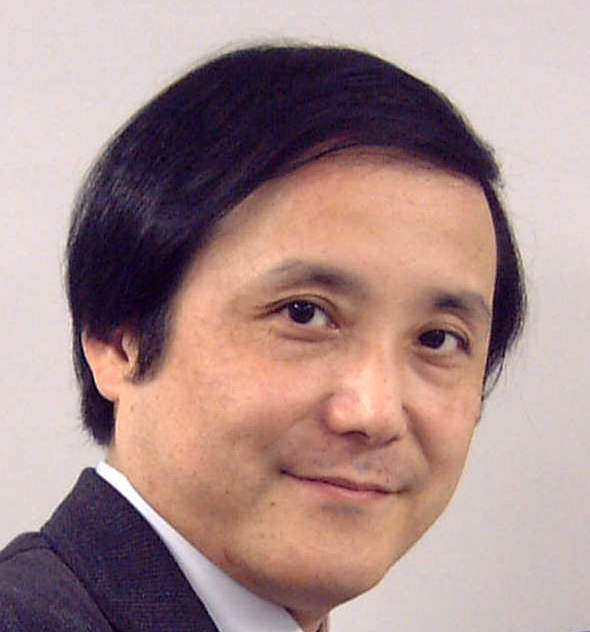|
| Biography |
| |
 Yoshihide Hayashizaki received his M.D. (1982) and Ph.D. (1986) from Osaka University Medical School. From 1988 to 1992, he worked as a research scientist at the National Cardiovascular Center Research Institute (Department of Bioscience), Osaka, developing genome scanning technologies and medical applications for such technologies.
Yoshihide Hayashizaki received his M.D. (1982) and Ph.D. (1986) from Osaka University Medical School. From 1988 to 1992, he worked as a research scientist at the National Cardiovascular Center Research Institute (Department of Bioscience), Osaka, developing genome scanning technologies and medical applications for such technologies.
In 1995, he was appointed as Project Director for the Genome Science Laboratory and started the full-length cDNA project named the “mouse genome encyclopedia project”. This project became one of the major national projects and he has since then upheld a leading position as Project Director of the Genome Exploration Research Group, Genomic Sciences Center, RIKEN. Responsible for organizing the FANTOM (Functional Annotation of Mouse cDNA) consortium to annotate the RIKEN clone material, he has created a large-scale full-length cDNA database. He is engaged in infrastructure building of systematic large-scale transcriptome analysis, full-length cDNA clone banks and the efficient distribution system named DNABookTM, in which DNA is printed on the pages. In 2004, a new Japanese national project, the ‘Genome Network Project’ begun. In this project, non-coding RNAs were discovered as major players regulating functions, and the discovery was known as the “RNA continent”. In 2001 he was assigned as Foreign Adjunct Professor of the Karolinska Institute (Sweden) and Honorary Professor of The University of Queensland (Australia).
|
| |
|
|
| |
| Abstract |
| |
|
From dynamic transcriptome analysis to future life science |
|
|
|
In establishing the comprehensive mouse transcriptome database and full-length cDNA collection, we have found that more than 70% of the genome is transcribed. This gainsays earlier conceptions where a large part of the genome was considered as “junk” DNA and therefore not transcribed. The large-scale functional annotation carried out by the international consortium FANTOM (Functional annotation of mouse) has gained us a tremendous amount of information in sketching the outlines of the transcriptome, findings that will change research paradigms within the field.
Commonly, the word “gene” implies a sequence for a protein-coding mRNA: we have found that more than half of the “genes” correspond to non-coding RNAs (ncRNAs), which have been found to have significant roles in gene regulation at both transcriptional and translational levels.
Functional RNA was previously connected with the early RNA world: early life-forms used RNA as information storage and for enzymatic catalysis. RNA was believed to be functionally succeeded by DNA and proteins. Our findings show that the “lost” functional RNA world is still present, although much of its functions are unknown. Thus, a vast number of uncharacterized functional RNAs are awaiting further analysis, and are likely to reveal important cellular mechanisms. The ncRNA database will cause a paradigm shift in drug discovery by providing new drug targets and new understandings of life at the molecular level. |
|
| |
|